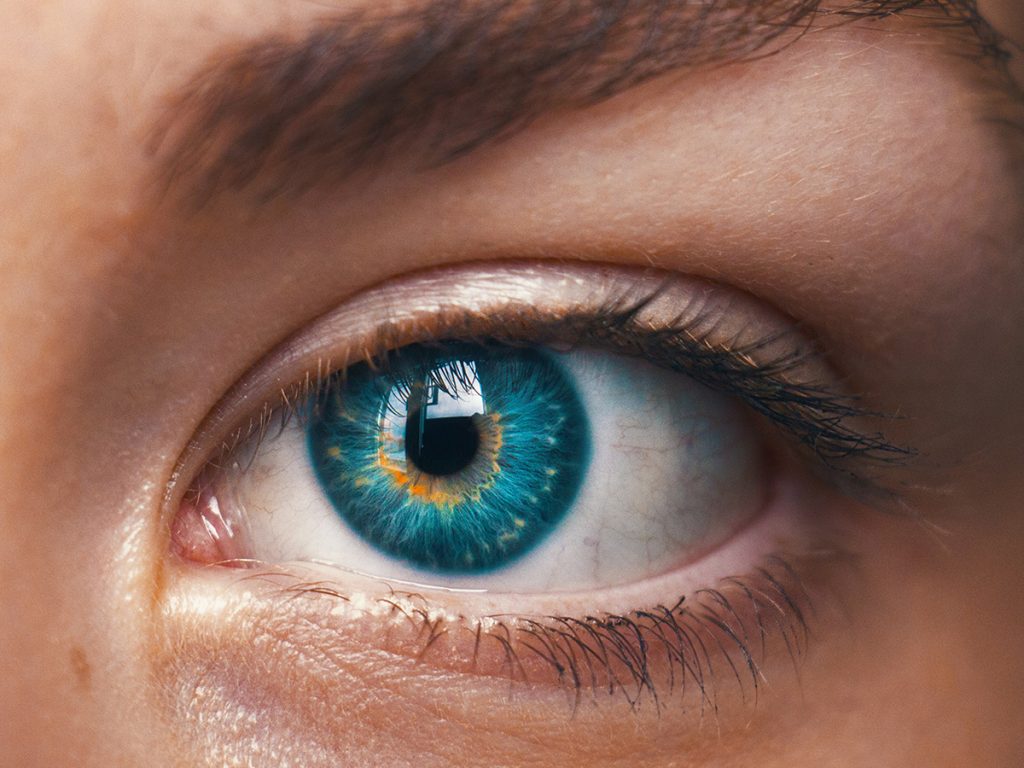
What Is The Difference Between Eye Tracking Software and Saliency Modeling?
When designing a user interface, it is very important to know the path of a user’s eye. Knowing where a user is looking, where their gaze lingers, and what their eye isn’t drawn to can help make practical changes to design and ensure the things we want to be noticed are indeed noticed. Eye tracking technology and saliency modeling are two methods of figuring these things out. But which one is better for your business? In this blog post, Gaze Point explores both methods and breaks down the pros and cons of both.

What Is Eye Tracking Software?
An eye tracking device is a device that is hooked up to a screen or monitor and tracks the path of a user’s gaze. It can access where the user’s gaze is fixated and where the eye moves quickly from place to place. Eye tracking software allows for empirical data derived directly from user behavior which can be used to make data-backed decisions.

What is Saliency Modeling?
Saliency modeling is an algorithmic simulation that allows an assessment of where the user’s gaze would go. It does this by keeping track of things such as contrast, the position of elements, and the size of the elements. Studies have shown that there is a lot of correlation between the results offered by saliency modeling and eye tracking technology.

Similarities
Both methods provide a means of tracking the path of a user’s eye. It allows for adjustments to be made to a page or advertisement as necessary to ensure the eye is drawn to the elements that are most important. Both answer questions such as “In what order are users looking at the elements on the screen?” and “what areas of the screen are drawing the most attention?” They are both useful methods of getting marketing data.

Differences
One of the biggest differences between eye tracking technology and saliency modeling is that saliency modeling does not offer the hard, empirical data that eye tracking technology does. Saliency modeling is based on an algorithm. As a result, there are no test users and it is often a cheaper option. However, for those who desire hard numbers in their endeavors, eye tracking technology may be a better option. Saliency modeling also has an upper time limit and cannot make accurate statements above the 250-millisecond mark.
As you can see, eye tracking technology and saliency modeling are both good options for figuring out the way a user’s eye may move over a page. Which method is better depends on your business and how you want to get your results. For more information on eye tracking technology, contact Gaze Point and check out our catalog today.


